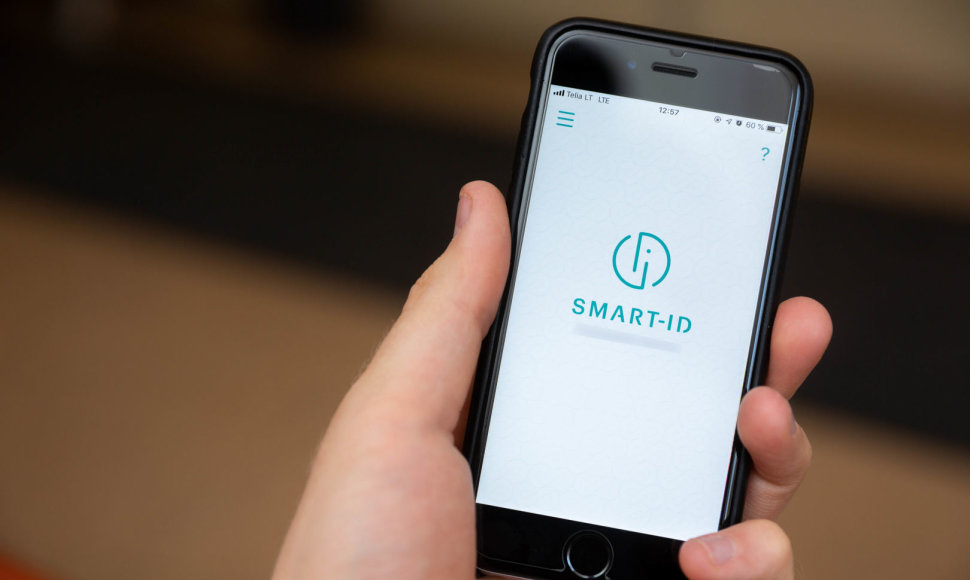Three years ago, in the beginning of February 2017, the first Estonian e-services started using Smart-ID, the brand-new electronic identity solution developed by SK ID Solutions that worked on all commonly used smart devices. “Smart-ID, which was launched in the Baltics three years ago, has proven itself as a trustworthy and necessary authentication solution. Today, we have 2,6 million users and in Latvia and Lithuania, Smart-ID is the preferred authentication solution,” said the CEO of SK ID Solutions, Kalev Pihl.
“Over the course of these past few years, Smart-ID has gone through various updates. An important milestone came in November 2018 when Smart-ID became a QSCD (Qualified Signature Creation Device), which is the highest attainable electronic signature level and allowed for Smart-ID to be used to create electronic signatures that are equivalent to handwritten signatures within the European Union member states. The next logical step to follow was implemented in autumn of last year when it became possible to use Smart-ID to log in to Estonian national e-services,” said Pihl.
SK ID Solutions will also be releasing some very important updates on the solution’s anniversary. Since three years have gone by, then the very first Smart-IDs will soon expire, which is why SK has created the option to update the Smart-ID within the app. Active users will be notified of the need to update their Smart-ID via the app. And those who do not use the app often will be notified by an e-mail from SK ID Solutions before expiration of Smart-ID. It is important to keep in mind that both the notification as well as the update as a new functionality may seem suspicious in the context of phishing scams which have become increasingly frequent recently, which is why the most secure way to start the update is directly in the app instead of navigating to it through any external links – by doing this, users can definitely avoid any malicious intents.
“Smart-ID is definitely a necessary authentication tool, which helps to authenticate a person’s identity securely and in a convenient manner even on mobile devices without a SIM card. And a very important advantage of Smart-ID is the much more flexible update option it offers when compared to other digital signature solutions that currently being used. Last year, SK really showed themselves in a positive light when they demonstrated their ability to react to situations quickly and work on enhancing their service and work processes whenever such a need arose. From the point of view of banks, that kind of flexibility is definitely a huge argument for using the Smart-ID service,” said the Head of Information Security at the Estonian Banking Association, Tiit Hallas.
“Over the next months, we will also start offering the option of updating Smart-ID with a biometric passport and we will be making it easier to switch phones. The new biometric solution has already undergone a thorough audit and it is currently being evaluated by state supervision. Although at the moment, users still need to have either an ID-card or Mobile-ID to update Smart-ID, then soon, just having a passport will be enough,” said Kalev Pihl.
SK ID Solutions first launched Smart-ID in 2017. If in its first 18 months, a million people had started using Smart-ID, then three years later, it is being used by more than 200 online services and 2,6 million people who make over 50 million transactions per month with the solution.
Although most people nowadays use Smart-ID to access online banking services, Starman (now known as Elisa Teleteenused), Tallinn Kaubamaja Group (Kaubamaja’s and Selver’s online stores and Partnerkaart’s self-service environment) and eKool were actually the first ones to implement Smart-ID on their platforms. Banks integrated Smart-ID with their services soon after so that their customers could start using the new solution instead of the old code cards which were going to expire in the near future. Over the following weeks, new online services across the Baltics joined as well and in just a month, Smart-ID had 20 000 users.












